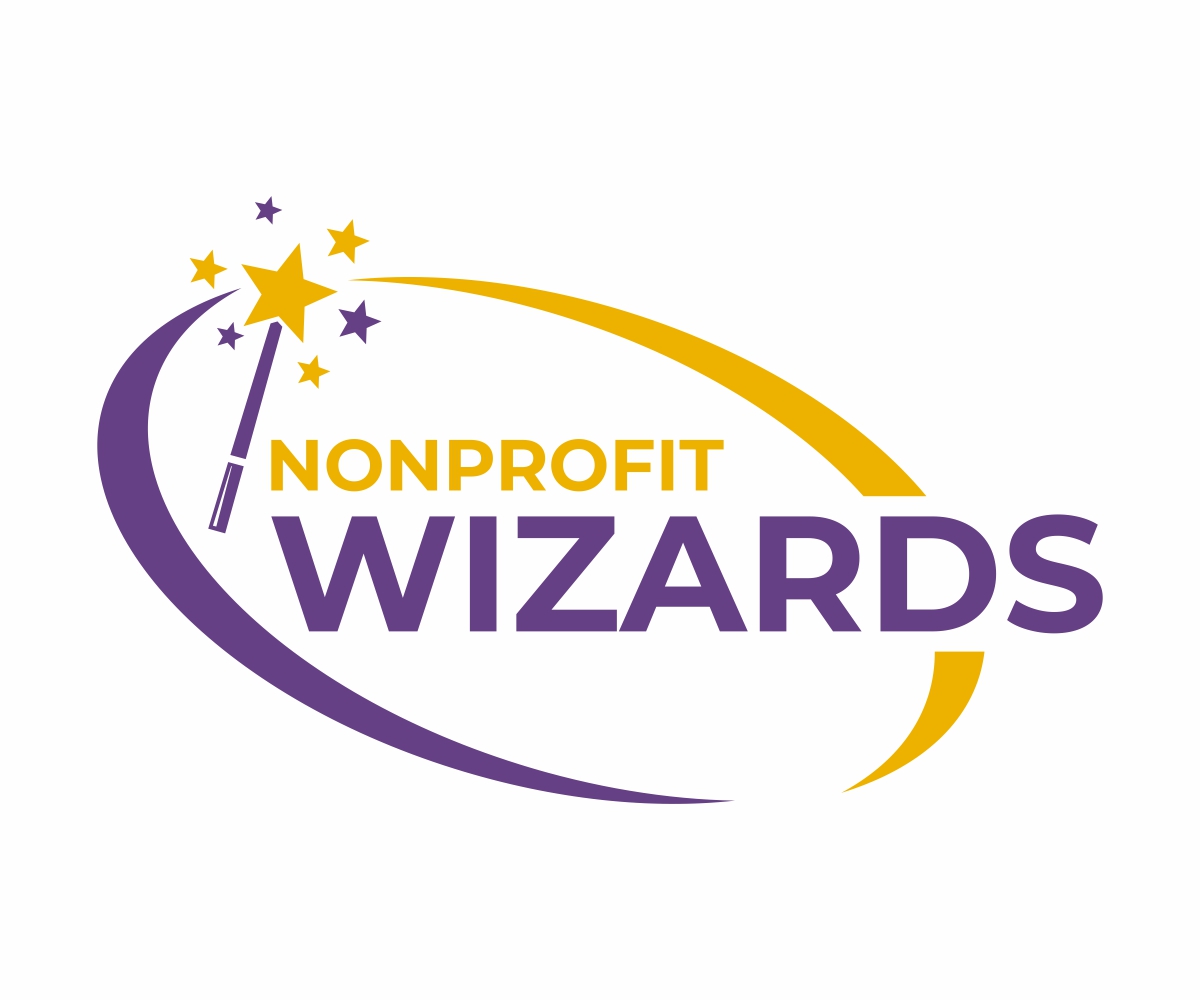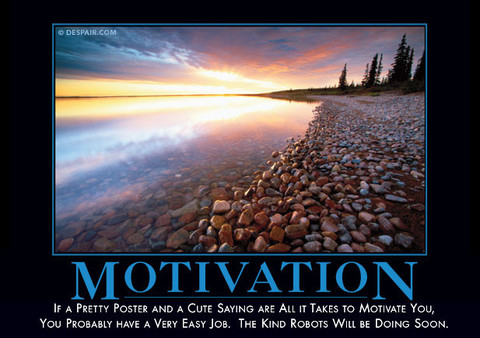“There’s so much to do. Sometimes I feel like I’m sinking in quicksand.”
This is a common refrain I hear from nonprofit executives. I felt it myself when I was an Executive Director.
At the beginning of every day, you look across a sea of possibilities that is your work. There are so many things you could do. How to choose?
Or worse, you’ve got a backlog of unanswered voice mails and emails. How do I prioritize?
Eventually I would arrive back at this question: what exactly does a nonprofit chief executive do, anyway?
Three roles of the Chief Executive
The best answer I’ve ever heard comes from Jerry Colonna of Reboot, a coaching firm for startup entrepreneurs.
“Startups?” you might be asking yourself.
Yes. Startups have many similarities to nonprofits.
Because they’ve taken investment money, they have a board of directors guiding the company. Because they are brand-new companies, they often have an abundance of young and eager, but inexperienced, workers. Because they are growing, they have more work than is possible for their staff to accomplish.
And the CEO arrives at the position without broad leadership experience, nor with time or money to participate in leadership training opportunities.
Like I said, many similarities.
As Jerry outlines it,the role of the executive can be summed up in three major priorities:
- The executive holds and promulgates the vision of the organization.
- The executive builds and maintains the team necessary to work toward the vision.
- The executive works to provide all members of the team with the tools and resources necessary to do the work.
Holding and promulgating the vision
I don’t think I’d ever heard the word promulgate before listening to Jerry’s podcast. It means “to make an idea widely known.”
The board’s job is to set the vision. This should be done during a robust strategic planning retreat. I recommend once every three years.
The vision should also be reviewed at the annual planning meeting to ensure its continued relevancy in a changing world.
Once the vision is set, however, it is the chief executive’s job to keep the vision at the forefront of everyone’s minds. I like to say that the chief executive is the person who has to be thinking about the organization’s vision while in the shower.
- The chief executive is responsible for making the vision a prominent component of tactical meetings with the staff.
- The chief executive is responsible for interjecting the vision into strategic conversations involving the board.
- The chief executive is the chief cheerleader of the vision with external audiences.
- The chief executive is the vision projector to potential funders.
Your Director of Development should always be thinking about the top 20 potential donors. Your Director of Operations should always be thinking about how the work is going to get done today. Your finance person should always be thinking about accounts payable and cash flow.
But YOU should always be thinking about the vision.
Building the team
A mentor of mine continually told me, “the nonprofit executive doesn’t actually do much of the work. He finds other people to do the work and then empowers them to do it.”
“Sure, Darren,” you might be thinking to yourself. “That’s easy for you to say. You had a team of 18 FTEs. We don’t have a big staff.”
That’s true. If you look at the data, most 501(c)(3) organizations are small and have few, if any, staff members.
But that is a very limited view of the word team.
The team also includes volunteers. It includes board members.
And this includes organizations of any size. I have yet to find a large, stable organization that says, “We don’t need anymore help. We’re doing everything we need to do to make the world a better place. We’re good.”
So if others are doing the work, your focus needs to be on selecting the members of the team. As you’re recruiting employees, volunteers, and board members, be as selective as you can afford to be (afford in both time and money).
After all, spending time with the wrong people–complainers, trouble-makers, obstructionists–will waste more time than it creates.
Maintaining the team
This is the part where management comes in. As Daniel Pink outlines in his book Drive: The Surprising Truth About What Motivates Us, people seek out a few very basic things from their work.
One of them IS NOT money.
Now, this is not one of those “woo-woo” kind of books that claims money doesn’t matter. It does.
But money is a mere foundation. If people aren’t being paid enough, nothing else will matter. And, once they are being compensated fairly, money falls down the list of motivators pretty quickly. As Pink says, “you have to pay people enough to take the money issue off the table.”
So what are the primary motivators?
- Autonomy: people want to fully own their role.
- Mastery: people want to get better at their jobs every day.
- Purpose: people want their work to mean something.
Here’s what you can do to cultivate your peoples’ drive:
- Draw the boundaries around the employee’s scope of responsibilities. As long as they stay inside that box, leave them alone. If their work takes them outside of that box, then they need to come talk to you.
- Let your people make mistakes, because this is the most effective way for talented people to learn. Like a tree, growth happens at the ends.
- Regularly tell each individual how her/his work is contributing to a greater good for humanity. Be specific. This should be pretty easy for you, the nonprofit executive. It dovetails nicely with all that promulgating you’ve committed to doing.
Providing tools and resources necessary to do the work
Now that your team is motivated, be sure not to demotivate them.
Click image to view more and purchase (not an affiliate link).
How does one demotivate?
Give them old, slow computers to work with. Zealously guard operating information and release it on a “need to know” basis. Continuously dampen their enthusiasm and ingenuity by saying “we can’t afford it.”
Ensuring your team has the tools and resources necessary to do their work is very important. In fact, the Gallup Organization has determined that it is one of the 12 most important factors in employee engagement.
Yes, you’ll need money for this part. This is why fundraising will invariably be on your “to-do” list. This is why fostering partnerships and being visible in the community is important.
Providing tools also extends to the board. It begins with providing a good orientation to the task at hand. You must take responsibility to be sure your trustees clearly understand not only the mission and function of your organization, but also what it means to serve on a board.
Then, of course, you continually need to provide them with the information needed for good governance: accurate and timely financials, a current and complete policy manual, thoughtful meeting agendas and a chair with good facilitation skills.
Furthermore, if you are asking specific members of the board to help with specific tasks, they will need clear direction and identifiable outcomes.
And if the whole board needs inspiration, I found it most effective to hold up individual members as examples of how a board member helps.
Bringing it home
So, to summarize, your tasks should fit into one of three buckets: hold and promulgate the vision, building and maintaining the team, and providing the tools and resources necessary to do the work.
If you’re feeling overwhelmed at the work, and if there are items on your “to-do” list that you can’t fit into these categories, delete them and move on to the next thing.
And feel free.
What do you think?
Do you think anything is missing from the list? Have you used a list like this as your “north star” with good results?
I’d love to hear about it! Email me or hop over to the Nonprofit Wizards Facebook page and leave a comment!

Darren Macfee is the founder of the Nonprofit Wizards. He studies the habits and practices of wizards and then shares those with the world. He also strives to be a little better every day–as a husband, as a dad, and as a business professional.


